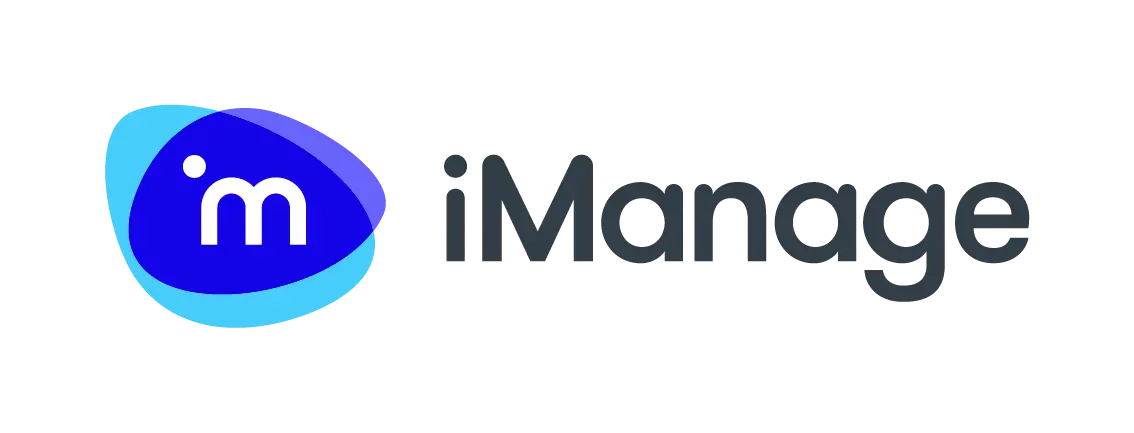How much service innovation do you need?
Clients are also driving the demand for innovation. They're aware of the progress that's being
made with technical innovations and are increasingly pushing for modernized legal services such
as value-based pricing models to replace traditional hourly billing and rate inflation. As a law
firm or in-house legal department, it's vital that you're aligned on how you'll pass the
benefits of technical innovation on to clients and the level of business model innovation you're
going to undertake.
Key report findings:
- Our report found that more in-house departments (36%) would like to see fixed or
project-based pricing when compared to law firm professionals (23%).
- In fact 26% of law firm respondents view hourly billing as the best pricing model compared
with just 5% of in-house legal departments.
- However, there's agreement around the benefits of blended models (a mix of Alternative Fee
Arrangements and hourly fixed rates). 27% of in-house legal departments and 33% of law firm
professionals see these blended models as the best way forward.
What are the biggest obstacles to innovation?
Improving knowledge sharing and collaboration should be a goal of any technical innovation in the
legal space. But to improve it, you need to be aligned on where the problem lies. Get a clear
idea of where your teams experience roadblocks and the concerns that are holding them back.
Key report findings:
- Both in-house legal departments (31%) and law firm professionals (39%) viewed siloed teams
and a lack of collaboration as a major issue.
- However, 45% of the in-house respondents said time constraints and lack of resources were
the biggest issues compared to just 30% of legal firms.
- 25% of law firms felt concerns over confidentiality and security were also a pressing issue
compared with just 12% of in-house respondents.
What are the most impactful technologies?
Before you rush to implement a technology solution because you ‘think’ it’s what your teams will
find useful, it’s vital you get a clear idea of what they’re currently using and what’s working.
Understand what your teams have tried, about their frustrations, and about their
non-negotiables. This will help you see through the fog of AI marketing and find solutions
matched to real business use cases.
Key report findings:
- Document management tools are having the greatest impact according to both law firm
professionals (50%) and in-house legal departments (40%).
- With AI, 20% of in-house respondents identified AI-powered drafting tools as the most
impactful compared with 16% of law firm professionals.
- However, 26% of law firm respondents focused on AI-powered legal research compared to just
19% of in-house legal departments.
What are your key priorities for innovation initiatives?
Innovation initiatives that fail to address strategic priorities will not only frustrate teams,
they will also erode confidence in “change” overall. To avoid this, get a clear idea of the pain
points your teams face, which of those pain points are a good fit for technology innovation, and
what the key outcomes should be. You don’t want to improve productivity only to discover
security is your biggest pain point.
Key report findings:
- Technology integration and efficiency are top priorities for both in-house legal departments
and law firms when it comes to innovation.
- There was also a clear need for seamless compatibility with widely used platforms like
Microsoft 365, better case management systems, and secure collaboration tools that don’t
compromise compliance or create barriers.
- In-house teams are particularly frustrated by fragmented systems, redundant workflows, and
slow adoption of modern tech by law firms.
How prepared are you for tech innovation?
Your best innovation moves depend on your starting point so it’s vital you’re aligned on your
team’s readiness for tech innovation. Have you undertaken multiple digital transformation
processes already and this about going to the next level? Or is this the beginning of the
journey? Getting aligned on where you are will help ensure you have the foundations in place to
make the most of new solutions.
Key report findings:
- More than half (51%) of in-house professionals report that their teams are not equipped with
the latest technology versus 23% of law firm respondents.
- Adoption of a DMS (Document Management System) could be driving this disparity. Law firms
had an adoption rate of 48% compared to just 5% for in-house counsel.
- For preparedness both in-house legal and law firms overwhelmingly agree (99%) they can work
securely from anywhere; when sharing securely, it’s agreed by 80% of law firm respondents
and 72% from in-house counsel.
How prepared you are for AI
Nowhere is the need for alignment greater than on your preparedness for AI. The speed of change
with AI can cause organizations to rush ahead and skip vital steps. Get to know where and how AI
is being used in your organization already and how strong your data governance structures are.
Remember, a solid data foundation is crucial to extract the most value from legal AI and ensure
compliance.
Key report findings:
- Both law firms and in-house legal departments expressed similar preparedness for both
'leveraging AI' and 'trialing AI'.
- However, less than half of respondents in either group say that their firm or legal
department is actually leveraging AI at the moment.
- This may soon change: two-thirds of law firm respondents and almost 60% of in-house
respondents report that their firms or departments are currently exploring AI solutions.














